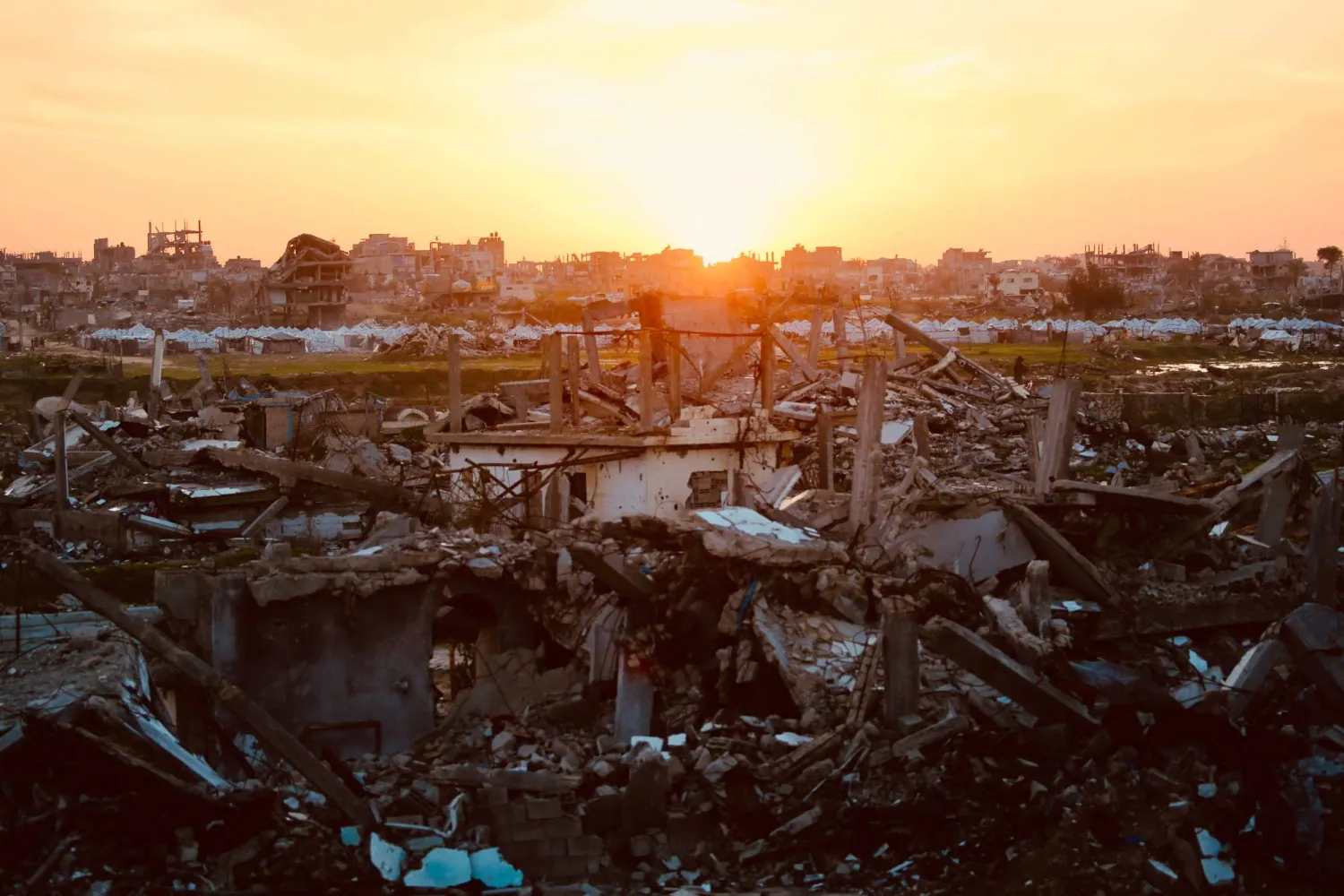The assassination of prominent Hezbollah military leader Fouad Shukr closes the chapter on the party’s founding generation from the early 1980s. This group, which included Shukr, all met their end either in battle or through assassinations.
Shukr was linked to two key groups: the “Group of 82” and a series of military commanders who led Hezbollah’s armed wing.
The “Group of 82” was a band of ten men who first gathered in a mosque in the Ouzai area of southern Beirut during the Israeli invasion of 1982. They were deeply religious and inspired by Iran’s Islamic revolution.
Their mission was to resist the Israeli occupation, starting in Beirut and the battle for Khalde, and then continuing their fight in southern Lebanon.
Shukr was the last surviving member of this group and the first leader of Hezbollah’s military wing.
The founding group of Hezbollah, known as the “first generation,” included: Hassan Shukr, Asi Zeineddine, Samir Mattout, Mahmoud Youssef, Mohamed Hassouna, Fouad Shukr, Asaad Barro, Mohamed Naim Youssef, Jaafar al-Moula, and Ahmed Shamss.
Most of these members hailed from the Bekaa region in eastern Lebanon and lived in the impoverished and marginalized Ouzai area.
Notably, all of them were killed during the Israeli invasion of southern Lebanon in the 1980s, with the exception of Fouad Shukr, who was assassinated by Israel on Tuesday.
The Ouzai group merged with other factions in Beirut’s southern suburbs, leading to the emergence of key Hezbollah military leaders like Imad Mughniyeh and Mustafa Badreddine.
Initially, Hezbollah operated as a loose network of cells coordinating with other groups fighting Israel.
During the Israeli invasion, these cells joined forces in the south. By 1985, they had formed a structured military organization with training from Iran’s Revolutionary Guards.
Fouad Shukr was one of the first leaders of this organized military unit.
Since Shukr’s assassination, Hezbollah has not announced any military move against Israeli positions. Experts believe this development indicates a temporary “suspension” of Hezbollah’s military activities over vacuum at the military leadership.
Another indicator, experts believe, could be attributed to the party's ongoing preparations to respond to the assassination of Shukr.
Although Israel carried out airstrikes recently that hit Lebanon’s southern town of Kfar Kila, and its drones hovered over Lebanese towns, Hezbollah has not responded to any. The group did not claim responsibility for any military move against Israel from Tuesday, 6:00 p.m., through Thursday.
Analysts believe that military operations usually cease after the death of the battle leader. But others also argue that “assigning a successor to the battle does not take a lot of time mainly during times of war”.









